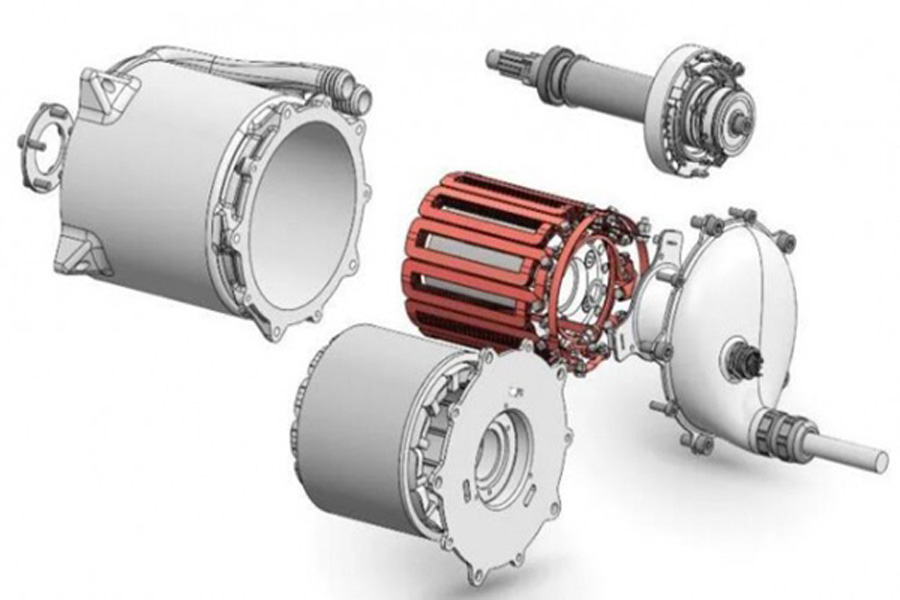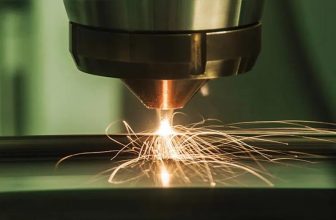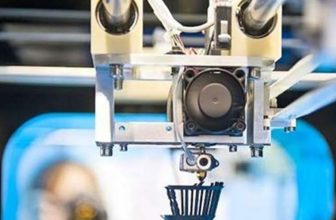
The market price of the raw materials used in metal 3D printing is not completely transparent, and the transactions between many manufacturers, distributors and their customers are mostly confidential. According to rough estimates, the price of a typical 3D printing industrial metal powder is about 100 yuan to more than 3000 yuan per kilogram. It can be said that the price fluctuates greatly. The factors that affect the price of metal powder are as follows:
- The value of the metal powder itself: the price difference between the metal itself and the price gap between steel, aluminum and titanium is huge, and the price of the powder is naturally different. If the use of recycled materials is prohibited when printing (such as some aerospace products with high reliability requirements), the printing cost will be higher than the application price that can use recycled materials, and it may be much higher. It should be noted that some basic materials for additive manufacturing are bulk commodities, which may change over time and sometimes prices vary greatly.
- The state of the raw materials: Before being made into powder, the starting raw materials may be chemical substances, recycling metal scraps or metal ingots, metal wires, etc. Assuming that other processes and price factors are the same, the cost of raw materials will directly affect the cost of powder.
- The difference in powder size and size distribution: The particle size and particle size distribution produced in the atomization and granulation process are very different, so the output of powder suitable for specific applications will also be different. This makes it possible that different powder ball preparation processes are only suitable for specific applications.
- The particle size distribution specified by the customer: the milling process will produce various particle sizes and sizes, and the particle size will usually be a normal curve. Now imagine a normal distribution curve of 1-200 micron particles, and then consider the following simple assumptions : If the raw material cost is 100 yuan per kilogram, if the customer allows the use of all powders, the price of loose powder is 100 yuan per kilogram (assuming there is no production loss and other costs); if the same materials are used, but the customer requires 20 of them to be used % Particle size, the cost of making powder is $500 per kilogram. Of course, this example assumes that all other process costs are equal. The real world is much more complicated, but this simple example illustrates the huge impact of output on powder prices.
- Order quantity: Generally, the larger the order quantity, the lower the price, which reflects the difference in processing and handling costs.
- Labor cost: The processing cost, production efficiency, overhead and profit requirements of powder producers are price variables that vary from producer to producer.





